I am not a photographer. I am reminded of this fact every time I download my camera, after a weekend of camping. If I’m lucky, there might be twenty pictures that are really good, out of the 150-plus pictures that I take. Yes, brute force can be a strategy for those of us who have come to grips with our photographic limitations! Here are a few tips that will help you make the most of your photographic opportunities.
Don’t Forget the Family
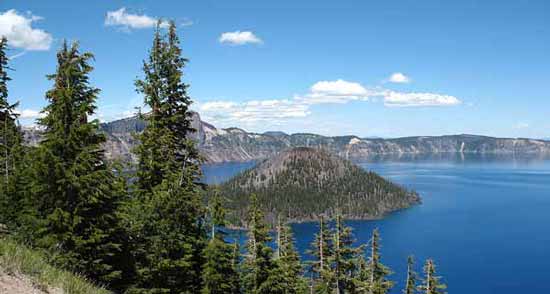
I love this picture that I took of Crater Lake, but it’s missing the human element that would have really added context to the scene. Without the kids, or even all of us, it’s just a another picture. The real shame is that I usually pack a tripod for these family photo opportunities, but for some reason I didn’t pull it out, here.
Photograph Signs
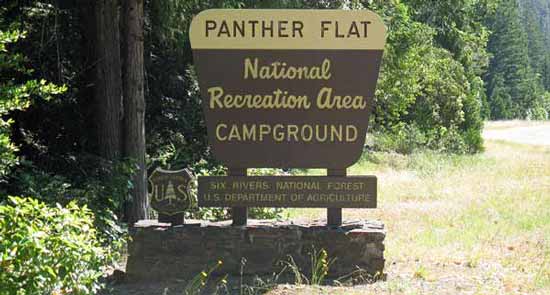
Taking pictures of signs is something that I just started doing, this year. For something so simple, it has been tremendously helpful in providing some context to my photo collection.
Don’t Forget Yourself
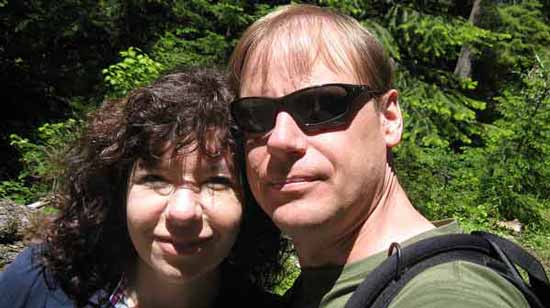
Of the thousands of photos that we have taken on our family camping trips, I do not think that I’m in a dozen of them. Ouch. Remember to pass the camera around, so everybody gets a chance. Also, be sure to learn how to use your camera’s timer, so everyone can be in a few shots.
Detail
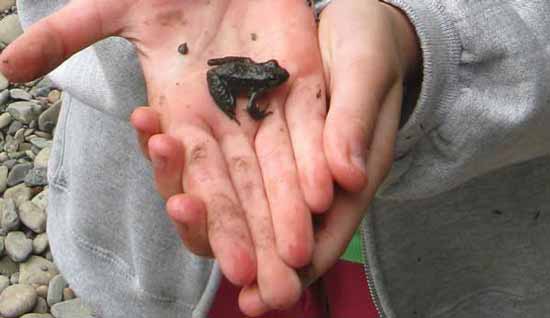
Some of the kid’s best memories are of the smallest things in the forest, so I always try to capture some of these moments, whenever possible.
Action
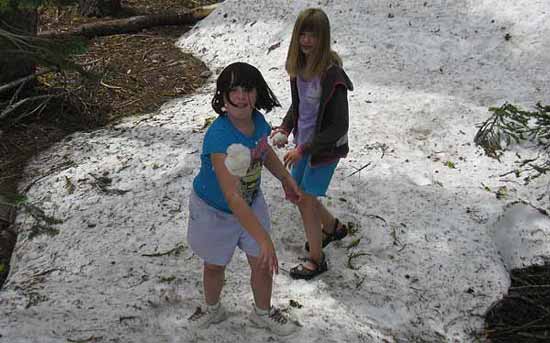
There is nothing more boring than 100 pictures of the kids posing in front of a tree, the kids posing in front of a stream, the kids posing in front of…well, you get the picture! If including people in the scene adds context, then catching those people in some form of action adds interest.
See also…

It can help to think of foreground, middle ground and/or background. As an example – that beautiful shot you have of Crater Lake – you could of included a close up shot of a person just off to the left of the lake – they are in the foreground – and then you would have the beautiful Crater Lake over their shoulder – the background – just remember if your camera has an auto focus you will want to focus on the person’s face.
It’s all about angles for me. Up high, down low, title the camera just a bit for a feeling of movement. I also take way more photos than good photos, but I think even professional photographers do that. That’s what I tell myself.
Great post. I to love taking photos and can take hundreds in a single weekend. I have found sometimes its a matter of stopping and thing about what you are doing and what you want. Sometimes all it takes is changing the angle. For example I have a photo I love that was taken when I was doing trail work. There was a metal rake laying on the ground and I took a pic of the other team members working through the prongs of the rake at ground level. Another thing I do is lay in the grass in take the picture across top of the blades, or through a tree/bush branch. One time the illusion caused simply by taking a photo from about waist level pointing up made a huge difference in the results. Lastly keep in mind where the sun is. For example I took a photo of a tree once that was cool, kind of look ghostly because of the way the sun was hitting it…
Great ideas! I have to remind myself to try different angles and views, but every once-in-a-while it pays-off with a really interesting shot.
Don’t forget the ‘rule of thirds’. Basically, don’t center you subject in the picture. Instead, imagine lines dividing the frame up into thirds, both top to bottom and left to right. Put your subject along these lines, or at their intersections. This helps draw the view into the picture. You can also use these lines to think about depth of field and staggering things in the foreground and background. Larger objects in the foreground can help give perspective to large objects that are in the background (like mountains).
With digital, the biggest thing is to shoot away! No harm in deleting photos you don’t like, and you’ll be surprised at the great candid shots you can capture.
I have a DSLR and it is a bit of a pain to carry around, especially on hikes. I’ve used a few carabiners to loop through each end of the camera strap, and then lock them onto loops on my backpack. This keeps the weight off of my neck, but still lets me swing it up to take pictures. On long or difficult hikes, its a bit of a pain. In those situations, unless my sole purpose is photography, I grab the digital point and shoot.
Good camera tips, Marc – thanks!
Great post! I’m a photography hack but I get some lucky shots by shooting at dawn and dusk… Thanks for the simple ideas to help me up my game.
Thanks, Mike – I appreciate it!
Good photography points here Roy. I’m most guilty of not getting in any of the pics. I’m always the guy taking them.
That is my big problem, John. I hate giving up the camera, too 🙂
I’ve found the who-is-and-isn’t-in-the-picture dynamic has changed in my family over the years. When we had only a crappy little point-and-shoot, my wife complained that our pictures gave the impression she never went anywhere with us . . . i hated that camera so much I refused to use it. Now that I’ve got the fancy SLR, I’m never in the pictures, as it intimidates her.
Hah! I have had my eye on a DLSR for some time, but I am a little worried that I will not want to pack it everywhere, like I do with my point-n-shoot.
I’m with you, Roy – coming to grips with my limitations as a photographer. These tips are great, though!
Thanks, Debi! I know for me, that was the first step 🙂
Good topic! Every time I see friends post photos of their vacations to Facebook and the like, I’m reminded of how generic these typical shots turn out to be. But the cultural impulse to stand someone in front of an iconic sight and grab a snapshot seems to have become so ingrained that it’s now genetic.
When trying to incorporate a human element to provide context for my photos, I’ve come to prefer pictures of the backs of my kids heads (or at least the sides). Instead of taking pictures of them looking at the camera, I try to take pictures of them looking at the world. After all, that’s the way I want to remember our outings.
That is interesting, Clark – I think that is what I am now trying to do, also – getting more “natural” shots, that don’t look posed. If I have to take an occasional snowball, I’m okay with that 🙂
Great points!
I learned the first one the hard way.
My Aunt is quite the traveler. When I was (much) younger, she told me to always put people in my pictures.
Then I went on an amazing trip and
took hundreds of photos. How discouraging to see folks quickly flip through my photo album, skimming over incredible shots of world famous sights.
They only stopped when they saw a person in the picture, even if it was just someone in the background that I didn’t even know!!
Hah! Right, it dawned on me sometime last year, when I was digging through photos for one of these blog posts, that way too many of my pictures were just landscapes. Now, I try to take as many “people shots” as I can, and I also pass the camera off a lot more.
Roy,
Here’s a picture I would like to share from our meal at the lease last weekend. It taste as good as it looks I promise. This is my veggie dish I shared with you a while back and wild hog pork chops we harvested from the lease last year.
Corey
Thanks, Corey – I don’t think it came through, so maybe email it to me and I’ll link it in.